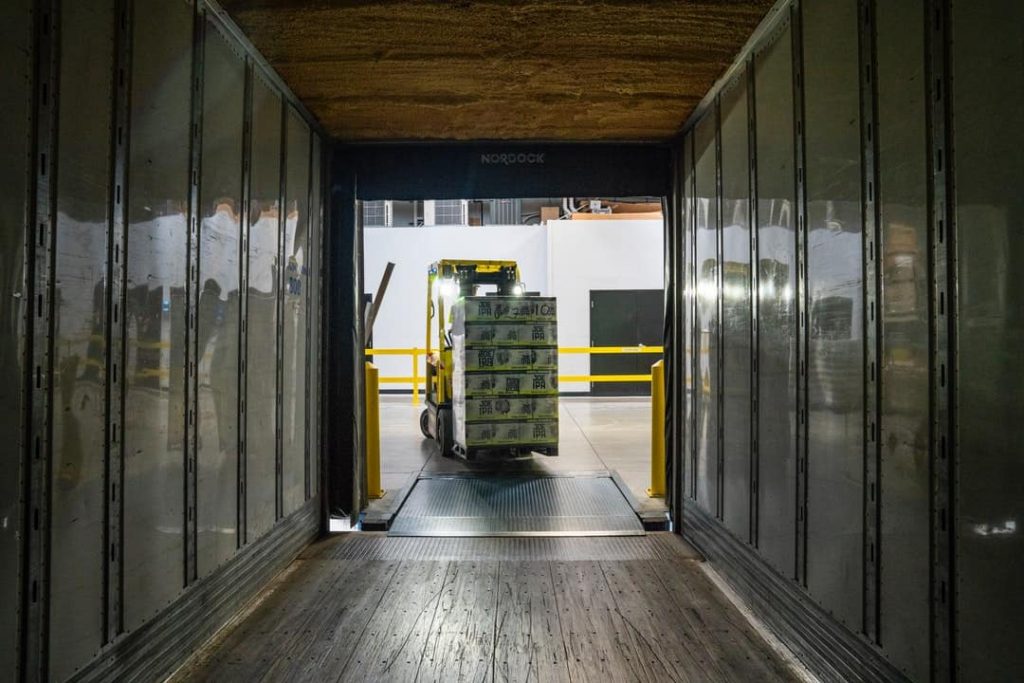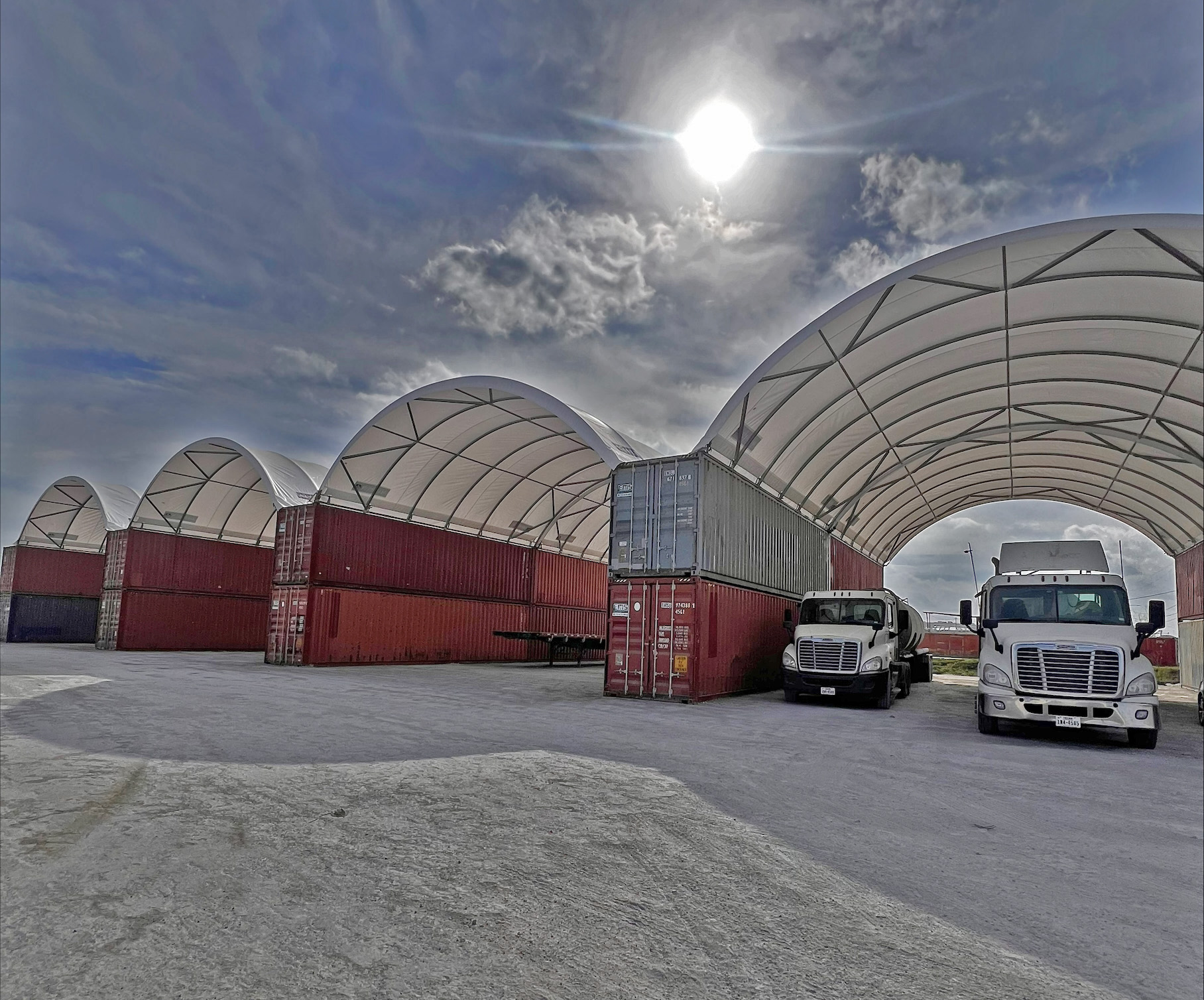Local and regional shipping is one of the largest industries in the United States.
US shipping and logistics companies move over $4 trillion in goods every year. Businesses spend up to $99 billion in delivery costs to keep up with their customers’ demands.
With so much commerce at stake, it important to know what trends are in store for this busy trade. You can read further to find out how you can position your company to leverage these developments to your full advantage.
Shipping and Logistics Defined
Shipping and logistics are two terms that are usually intertwined. But they have their own unique meanings. Shipment means moving products from one place to another. Logistics refers to the processes you use to move these products between two points. These processes include ordering, purchasing, and warehousing.
Trends for the Future
Trends for the future of shipping and logistics look promising. Here are a few of them in a nutshell.
Automation and Technology
The logistics and shipping industry will always need a level of human interaction. Onsite human judgment calls can correct mistakes or prevent accidents.
Companies can automate other processes such as scheduling, payments, and pricing. Automating these features can help simplify these procedures for drivers and shippers.
Companies are using drones and robots to load commercial vehicles. Advanced Driver Assistance Systems (ADAS) technology programs trucks to drive to their destination. Truck drivers never need to touch the steering wheel during the entire journey.
Transparency Shaped by Customer Experience
Consumers want to know where their products come from. They want to know how they’re made and moved. They want to know if manufacturing these products will hurt the environment.
The future of shipping depends on companies being able to answer these questions to an inquiring public. Companies now keep records that prove their products are eco-friendly and reduce waste. They’re also mindful of fair trade standards and pay fair prices to producers in developing countries.
Using Big Data to Make Better Decisions
Big data analytics provides a wealth of information on shipping for logistics companies. Logistics companies can get insights into routing and identifying obstacles in their supply chain model.
They can also streamline products and resources at the warehouse level.
Companies can use real-time traffic, climate, and fuel prices data to pinpoint optimal routes to a destination. They can also use predictive analytics to gauge consumer behavior and buying preferences.
Next Steps
The US shipping and logistics industry spent $1.5 trillion dollars in 2017 on its operations. Its the backbone for US retail sales which totaled over $5 trillion in 2017. Needless to say, the shipping industry is not going away any time soon and you need to be ready to anticipate it’s next direction.
If you’re ready to automate your existing shipping and logistics services, you can read more about ADAS truck technology here. You’ll learn all about ADAS’ breakthrough technology that improves efficiency and safety for commercial vehicles.
Don’t forget to check our blog for more helpful information on considerations for planning a shipping business. We’re experts in the shipping and maritime service industry.
Give us a call today!










